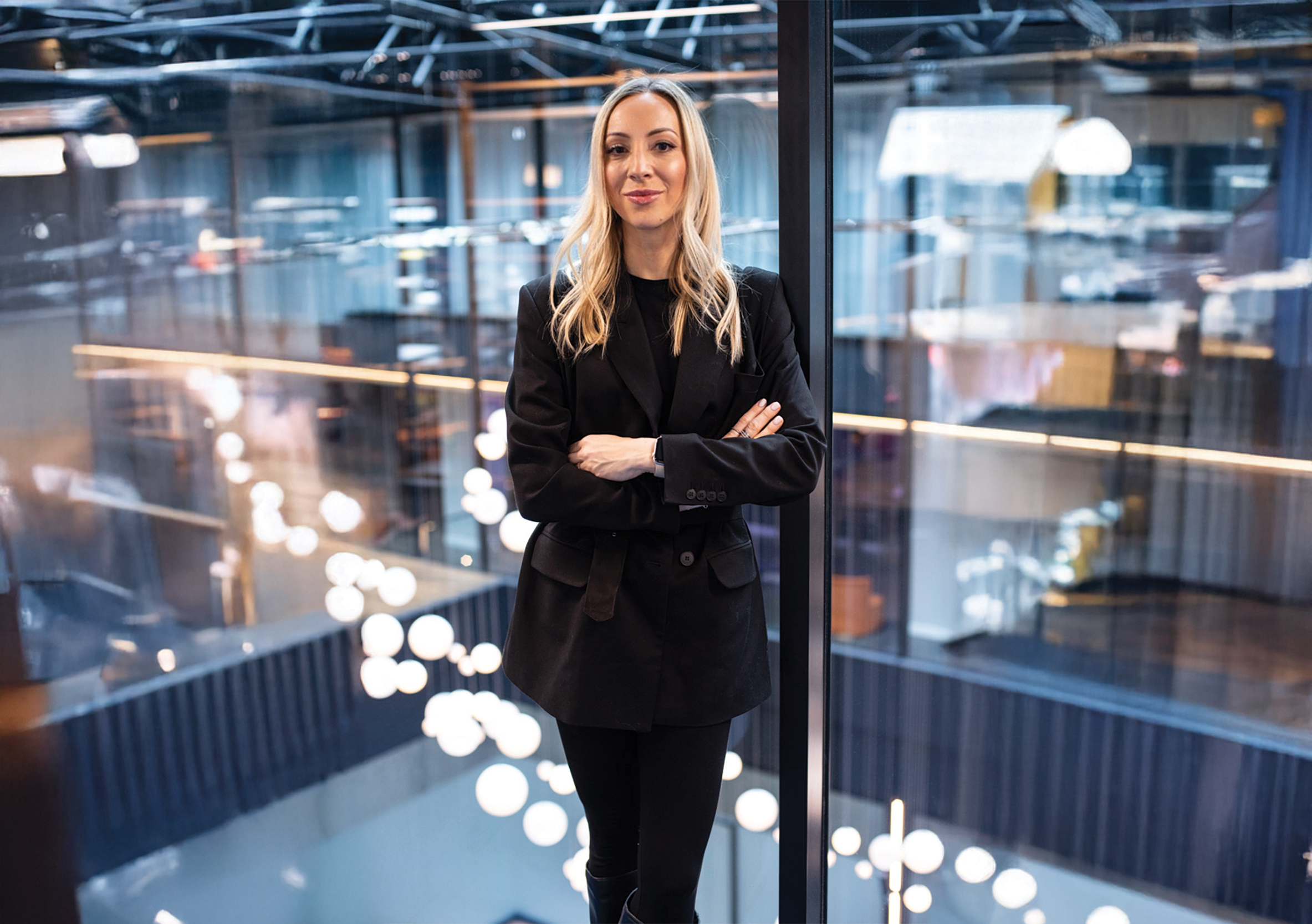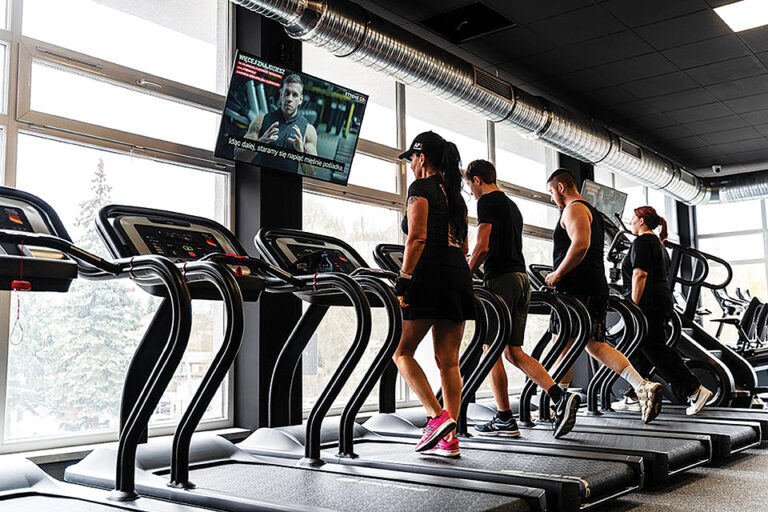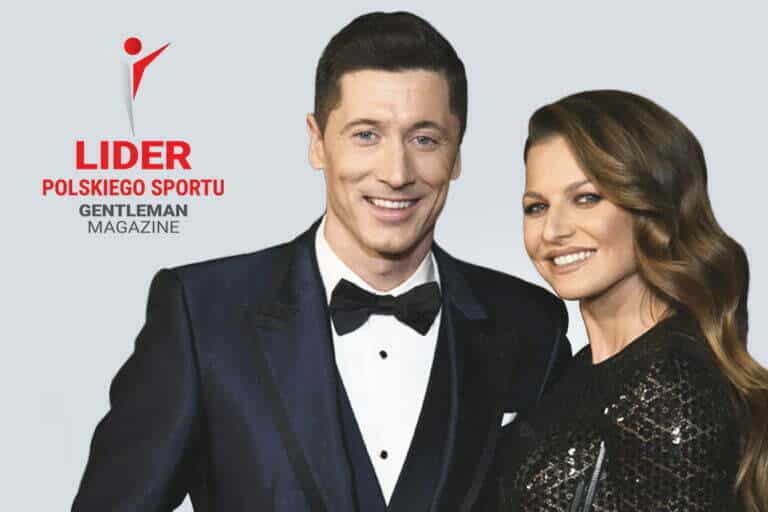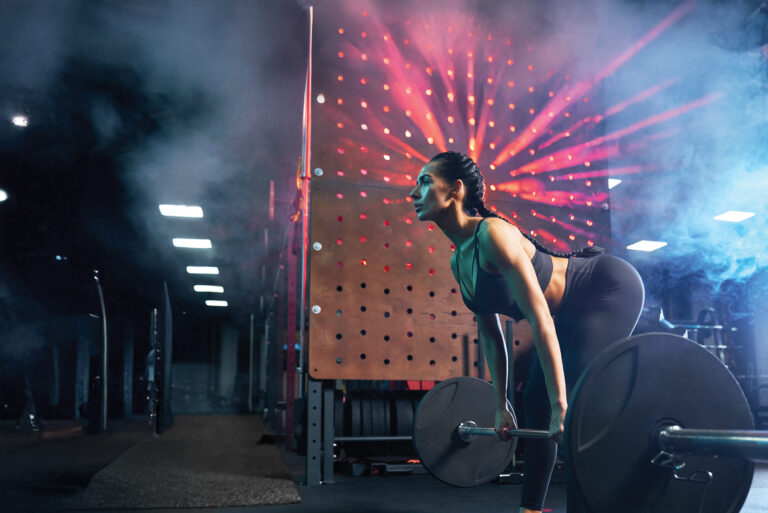Fitness in the Big City
Residents of large cities—professionally active, at various stages of life, with different needs and abilities when it comes to physical activity—make up a demanding group of fitness club clients. Together with Magdalena Szwed, Product Development Director for the fitness club brands Zdrofit, Fabryka Formy, Fit Fabric, Fitness Academy, My Fitness Place, and Saturn Fitness, we take a closer look at what motivates them to work out regularly.
In August, Benefit Systems announced that it now operates over 250 fitness clubs across Poland, most of them in major cities. So how do you attract busy urban dwellers to fitness clubs?
By focusing on the quality of our offer, top-class equipment, and professional trainers and instructors—while constantly seeking new solutions and tailoring our communication to specific audiences. We don’t design our offer for just one age group, because physical activity should accompany us throughout our lives. In our clubs, everyone can find something for themselves—from expectant mothers to stressed-out corporate employees, seniors just starting their fitness journey, or regular triathlon competitors.
How do you encourage the youngest group—those aged 18–29—who, according to the latest MultiSport Index 2025 report, are primarily motivated by appearance and body shape?
If the goal is appearance and physique, strength training becomes key—and it’s one of the most inclusive forms of exercise. It’s gaining popularity across all age groups. That’s why we’re expanding strength training zones in existing clubs and designing larger ones in new locations. Group classes such as Shape, Flat Belly, and Upper Body are great complements to strength workouts.
Among club members using our ZdrowAppka app, weight-loss plans are the most popular. That’s why we launched the campaign “W związku z ruchem żyje się lekko” (“Life Feels Lighter in Motion”), which promotes not just a healthy weight but also the idea that physical activity contributes to mental well-being and emotional balance.
What else attracts young people to fitness clubs?
Our research shows that one in two members looks for active ways to spend their free time. For many, relationships also matter. Some people start their fitness journey by coming with a friend, while regular members often form friendships with others who train at the same club.
And what about the “sandwich generation”—working adults who have children and support aging parents? What draws this key workforce group to clubs today?
First, we focus on convenient locations—residential areas and shopping centers—where members can combine errands with workouts. Second, we continue to educate Poles that movement is health. As royal physician Wojciech Oczko said in the 16th century: “Exercise can replace almost every medicine, but no medicine can replace exercise.” It’s hard to argue with that, which is why we run numerous initiatives encouraging those who haven’t trained before to find a form of physical activity they genuinely enjoy.
Fitness clubs are ideal for that—everything is in one place. Members can access complementary training zones and choose from over 160 types of group classes, from strength, endurance, and metabolic formats to dance, Les Mills® programs, and Body & Mind activities.
Relaxation and recovery are just as important as training. That’s why our clubs include recovery zones with stretching, foam rolling, and self-massage accessories, as well as relaxation areas with dry and infrared saunas, salt walls, and ice showers.
Interestingly, after age 45, people often come full circle—appearance and body shape once again become major motivators, along with spending quality time with others.
I always encourage strength training, which, as I mentioned earlier, is the most inclusive form of exercise. There are no age limits. Of course, it’s important to listen to your body, use our educational tools like ZdrowAppka and the onboarding program, and choose weights appropriate for your abilities and health condition. But changing numbers on your birth certificate are a reason—not an excuse—to work on your muscle strength.
I particularly recommend resistance training to women in peri- and post-menopausal stages, when sarcopenia—loss of muscle mass and strength—often occurs. For them, we’ve created our own group class format, Vital Flow, based on weight training that helps strengthen muscles, build stability, and support joint and bone health.
To promote activity among those 50+, we also run the campaign “W kwiecie ruchu” (“In Full Bloom of Movement”), with ambassadors Grażyna Wolszczak and trainer Monika Słomska. We show that there’s no such thing as being “too old” for physical activity—what matters most is choosing the right exercises and activities suited to one’s abilities and preferences.






